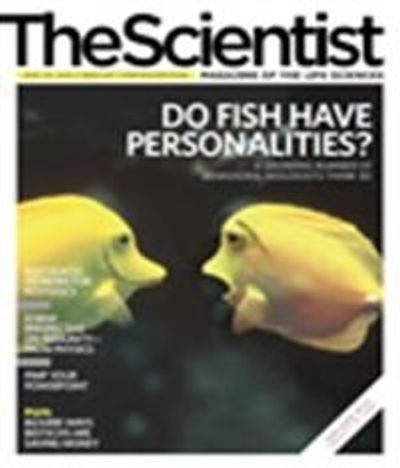Contributors

Massachusetts Institute of Technology chemical engineer Arup K. Chakraborty remembers well the day that he learned about some of the challenges facing immunologists. “I found it a fascinating area of science and got completely enamored with it and have been so for the last decade,” he says. He uses his engineering background to apply theoretical and computational approaches to understanding how lymphocytes function (which he describes in "Seeing in Numbers"). Bringing together the engineering, physical and life science disciplines “can lead to new mechanistic insights that otherwise would not have been possible,” he says. He’s won an array of awards for his work, including the NIH Director’s Pioneer Award, and the E.O. Lawrence Memorial Award for Life Sciences.

Milton Diamond began studying sexuality back in the 1960s, when it was still completely taboo. “In those days, nobody studied sex—whatever they studied was called ‘reproduction,’” he says. While...

New editorial intern Cassandra Brooks “always grew up curious about the way the world worked,” a trait that led her into marine biology, where she did a master’s at the Moss Landing Marine Laboratories in California. This curiosity even landed her on a boat heading for Antarctica for months at a time, where the temperature was below freezing even in summer, and the boat would be subjected to swells of up to 12 meters. But she didn’t like the way science “boxed you in” by forcing students to specialize, and she wanted to write about the science that “gets locked up in journals,” she says. She studied scientific communication at the University of California, Santa Cruz, and graduated last year.

Alex Maness grew up with a love for painting, drawing and building things, which led him down a path to be an architect at Syracuse University. But while there he took an intro photography class, fell in love with dark room process, and never looked back. Maness photographed Stephen Smith for this month’s Scientist to Watch ("Stephen Smith: The Botantist Hacker"). In doing so, he partook in his favorite part of being behind a camera—getting out there and interacting with the world. “The camera is a great tool and gives me license to meet people, get involved with community, and be a more active part of life,” he says. Maness has photographed for dozens of outlets, including the New York Times, Business Leader, Duke Divinity School, and Southern Exposure Magazine.
Interested in reading more?
